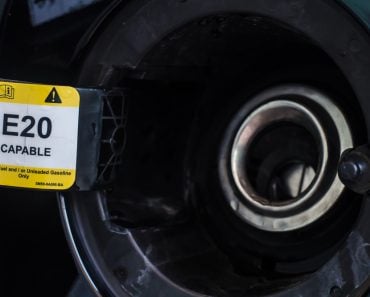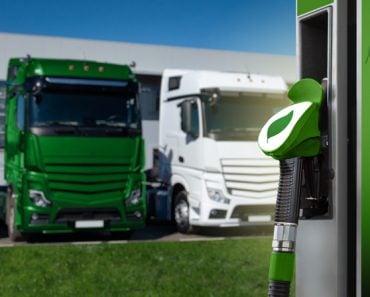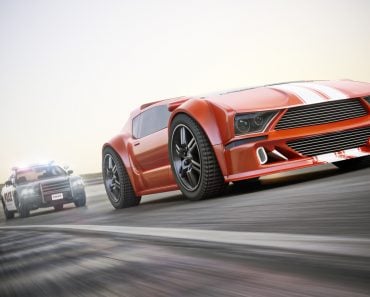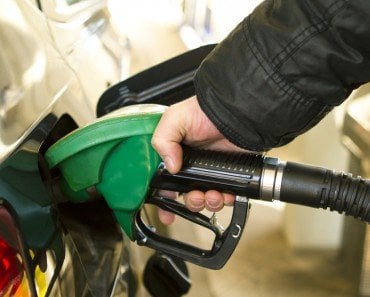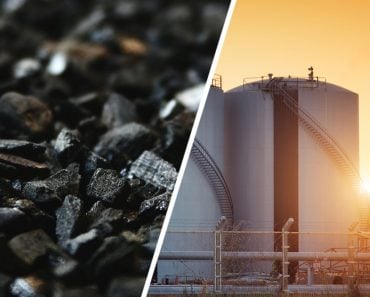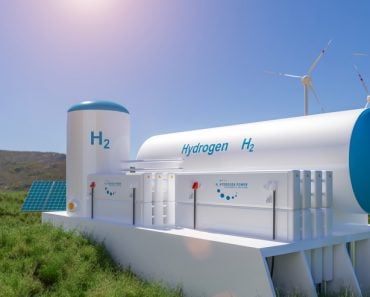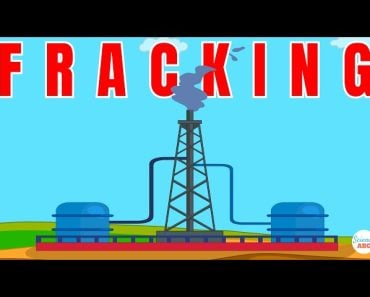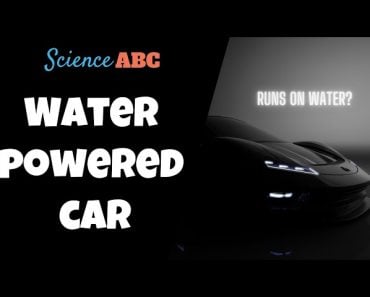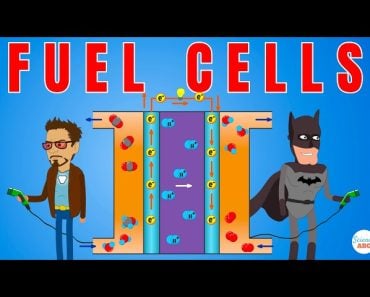CNG and LPG, though derived from fossil fuels, are safer and cleaner alternatives to conventional fuels like petrol and diesel.
Electric cars have become all the rage so suddenly that it’s almost easy to forget the transition. There were times when electric vehicles were at their absolute infancy, yet we have had more sustainable alternatives to fossil fuels for quite a while. Interestingly, these alternatives are distant cousins of fossil fuels themselves and are popular alternatives in regions where electric mobility is still nascent. The fuels in question are CNG and LPG.
Let’s try to understand a bit more about how they work.
Recommended Video for you:
A Quick Introduction To CNG And LPG
CNG and LPG are acronyms for compressed natural gas and liquefied petroleum gas, respectively. While they are commonly used for domestic applications, such as cooking and heating, they have also found use as vehicular fuels.
CNG
Natural gas occurs in oil fields and is usually drilled alongside crude oil. It is primarily composed of methane (around 90%), which is highly compressible, making it very conducive for transportation and storage.
LPG
LPG, also known as autogas, is a derivative of fossil fuels, like CNG, and is primarily composed of propane and butane. While the mixture is in a gaseous state at atmospheric pressure, it liquefies readily, making it safe and easy to handle.
Use Of CNG And LPG In Vehicles
CNG and LPG can be used in dedicated engines, or as bi-fuel setups. In the former case, the vehicle architecture is designed to work with only one fuel. Common examples of such vehicles include public transport, such as auto rickshaws and buses.
However, bi-fuel setups are common in personal transport, such as cars, RVs and camper vans. In these cases, the alternative fuel is stored in a secondary tank, in conjunction with conventional fossil fuel as a backup in the primary fuel tank.
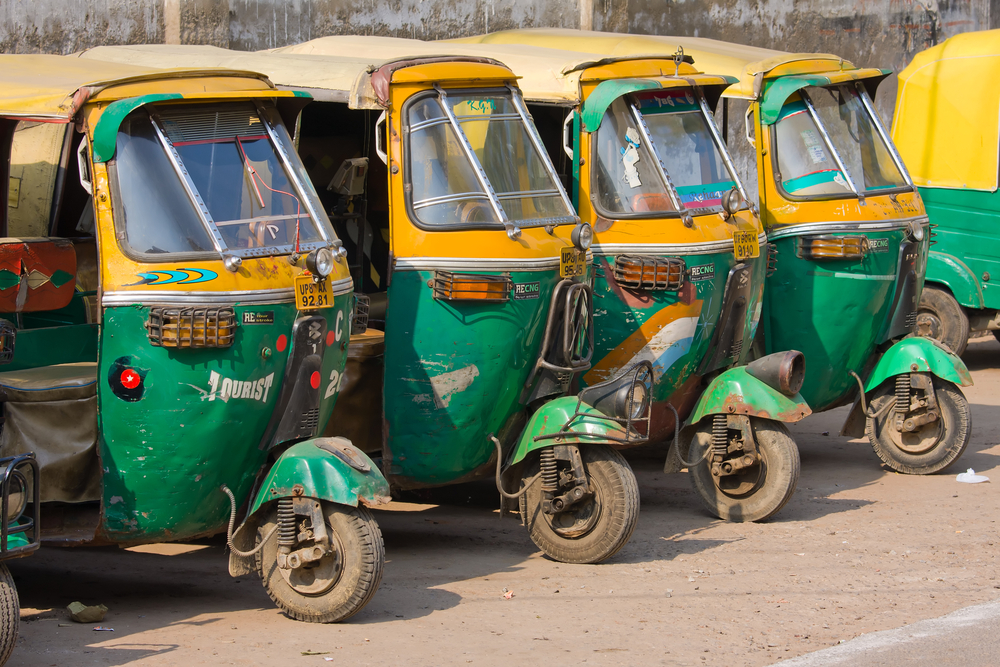
Of the two, LPG is suited to both gasoline (spark ignition) and diesel (compression ignition) engines, whereas CNG is only compatible with gasoline engines.
We studied gasoline and diesel to see if we could find a superior fuel. You can learn more about this comparison here.
Engines that run on gasoline or petrol (also called spark ignition engines, as petrol is ignited by a spark), when modified for alternative fuels, can run purely on CNG or LPG without any use of petrol from the primary tank.
However, diesel engines (also called compression ignition engines, as diesel ignites when compressed) mix diesel and LPG, as opposed to running LPG in its pure form. This reduces the consumption of diesel, but does not entirely eliminate it.
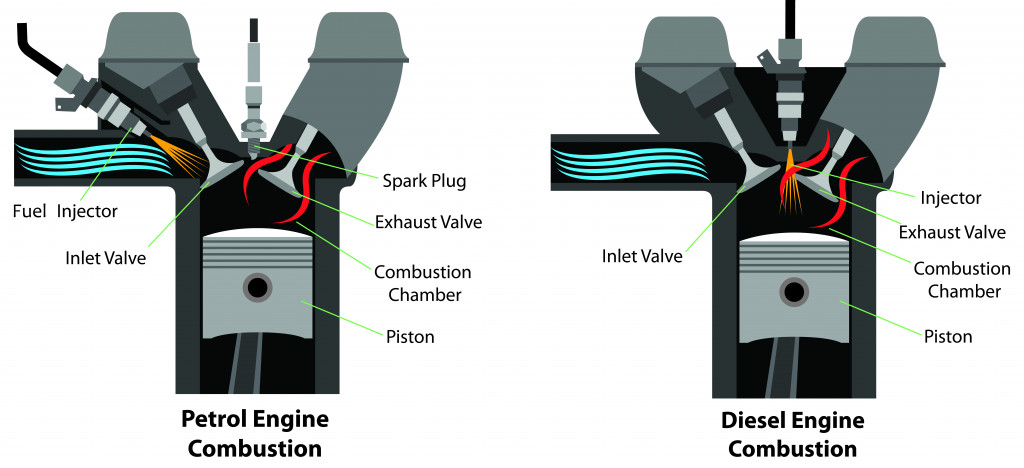
Why Are CNG And LPG Used In Vehicles?
1. Emissions
Emissions are amongst the primary drivers for any alternative fuel. CNG and LPG are small-chain hydrocarbons (one- to three-chain carbons), as opposed to gasoline and diesel. While CNG produces water vapor and carbon dioxide only, LPG produces a very low level of carbon monoxide, in addition to water vapor and carbon dioxide.
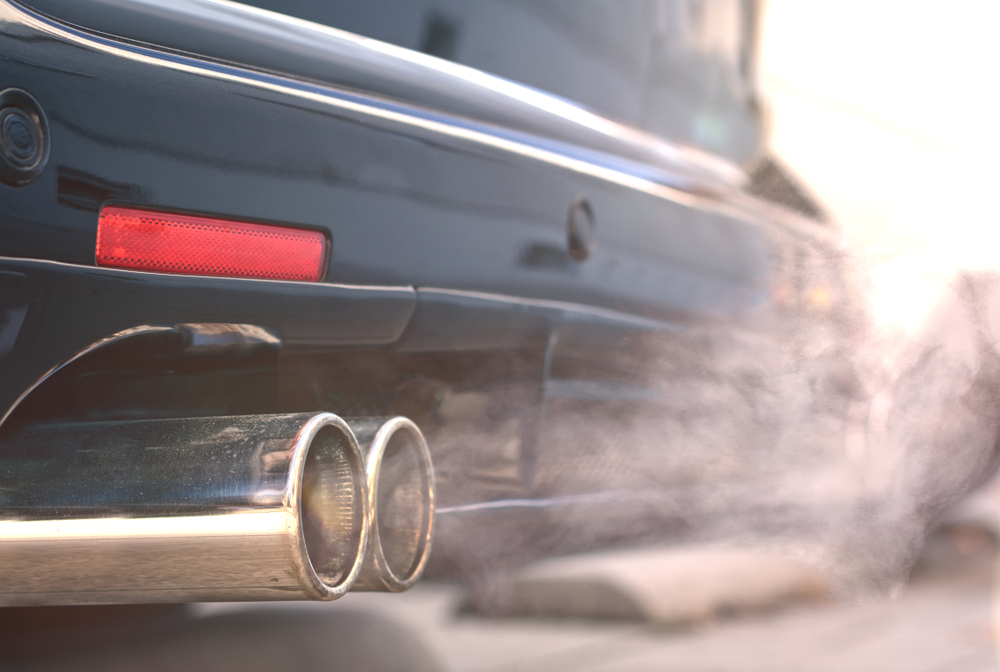
Harmful products, such as oxides of sulphur and nitrogen, particulate matter in the form of soot, and other greenhouse gases that are common byproducts of petrol and diesel combustion are entirely absent in CNG and LPG.
2. Ease Of Adaptation
Both CNG and LPG fuels began as aftermarket options and would usually nullify any warranty provided by the manufacturer. However, manufacturers have realized the need for sustainable alternatives and have begun providing these alternatives as factory fitted options. While dedicated engines are built around the fuel, bi-fuel engines must be modified to accept alternative fuels.
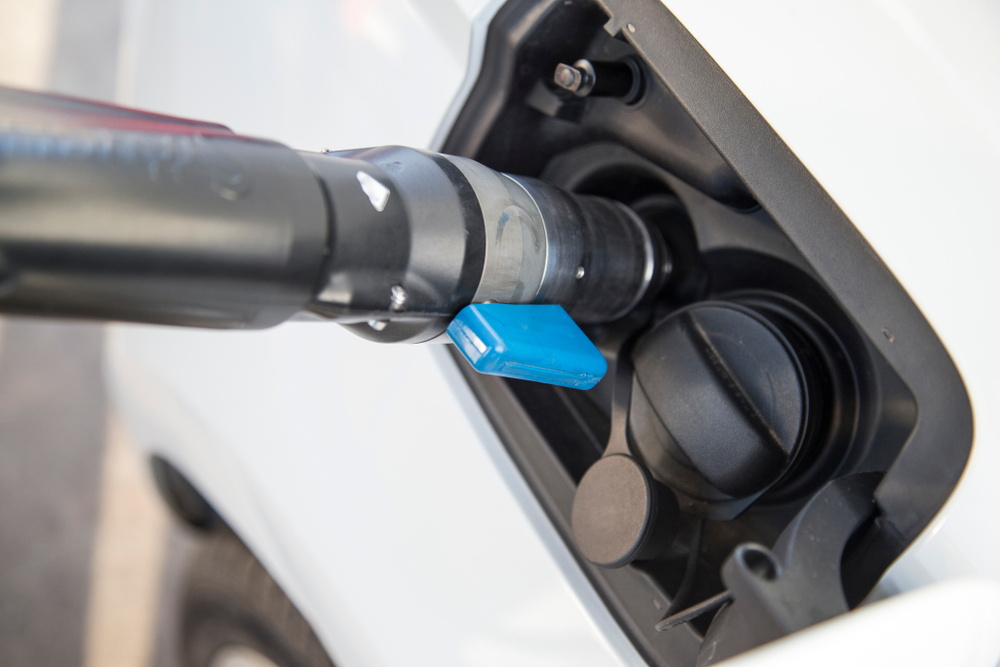
Such modifications typically include the gas tank, fuel lines, solenoids, injectors, and vehicular computers to govern the supply of fuel. Aftermarket kits generally add on to the existing architecture of the vehicle without interfering with the original design, whereas factory-fitted options are built around the vehicle’s design, making them more reliable.
3. Cost Of Installation And Operation
Whether it is installing aftermarket kits, or buying factory-fitted vehicles compatible with CNG or LPG, both options command a premium over conventionally available petrol and diesel vehicles. However, the running costs of these vehicles are much lower than petrol and diesel vehicles, making them lucrative for both public and private transport.
4. Performance
Both LPG and CNG have a slightly debilitating effect on engine performance, where users report a loss of torque and accelerating capabilities. Between the two, CNG is where this effect is the most pronounced, which can be attributed to their lower calorific values. However, most of these inconveniences are not felt under normal driving conditions. The use of additives shows great potential for overcoming this problem, provided their lifecycle is just as sustainable.
5. Engine Life
Both petrol and diesel have lubricating properties that, in addition to engine oils, keep the moving parts lubricated, even during operation. While LPG is conveyed to the engine in a liquid state and maintains lubrication, CNG is by nature a ‘dry’ fuel. During the early days of CNG kits, this would pose a problem, as valves would run dry and cause the engine to seize.
However, with advancements in engine oil chemistry, CNG engines have the same life as conventionally fueled engines. On the flip side, the high-octane rating of CNG and LPG eliminates pre-ignition detonation (knocking), further prolonging the life of essential engine components, such as the pistons and cylinder liners.
6. Safety And Ease Of Handling
CNG is a non-toxic, colorless gas with a very narrow range of combustible concentration. Being lighter than air, it rises and quickly dissipates, rather than collecting at ground level, increasing the risk of fire. Since it is odorless, it must be mixed with chemicals that impart a rotten egg scent to make any leakage perceptible.
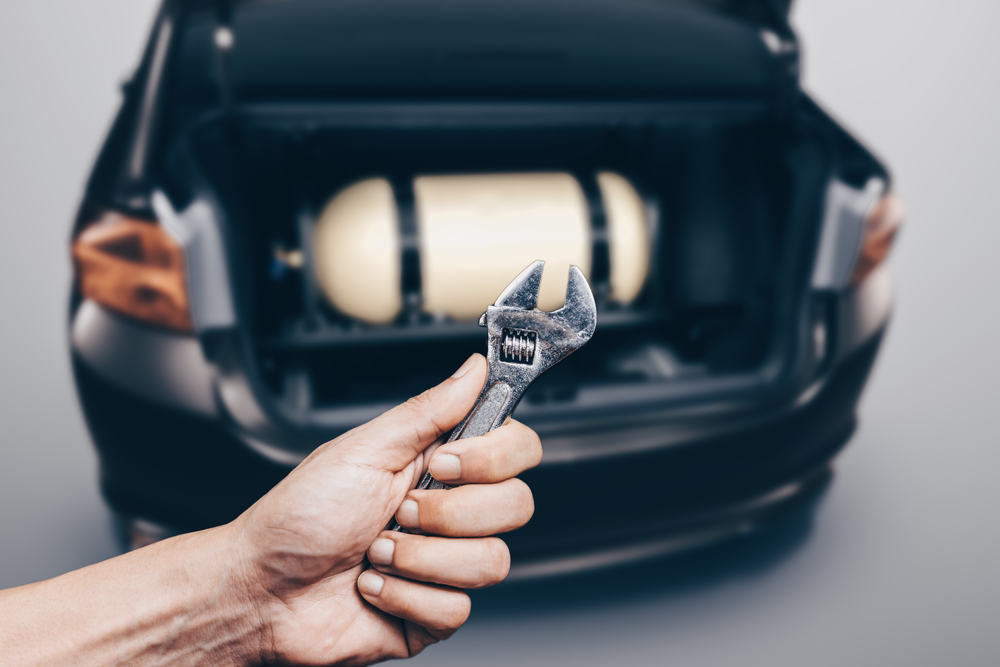
LPG, on the other hand, is quite flammable, so it is stored in strong steel tanks. These steel tanks have been observed to not give way, even during crashes, thereby containing any unwanted leakage of gases. With appropriate precautions, LPG and CNG are much safer to handle when compared to petrol and diesel.
Disadvantages Of CNG And LPG As Fossil Fuel Alternatives
1. The availability of domestic-grade fuels is quite high. However, the network is not as extensive for vehicle-grade fuel in all countries. This creates a disparity in availability, and consequently, the feasibility.
2. The initial investments are high and can be recuperated by volume, making it lucrative for public transport systems. However, private transport can offset this investment only through lower running costs. This delays the accumulation of significant savings.
3. In bi-fuel vehicles, the secondary storage tank is installed in the trunk, eliminating any storage space the vehicle was initially equipped with.
Conclusion
The cutthroat competition between petrol and diesel extends to their cousins as well, in that there is no one better fuel over the other. The logistical challenges are different in every country, making fuel availability and feasibility very different, depending on where you call home!
However, until electric vehicles fully take over, these options are definitely worth checking out.
References (click to expand)
- Borawski, A. (2015). Modification of a fourth generation LPG installation improving the power supply to a spark ignition engine. Eksploatacja i Niezawodność, 17(1). - Semantic Scholar
- CONVERSION OF A GASOLINE ENGINE INTO AN LPG .... arpnjournals.org
- COMPRESSED NATURAL GAS AS AN ALTERNATIVE FUEL .... CORE

